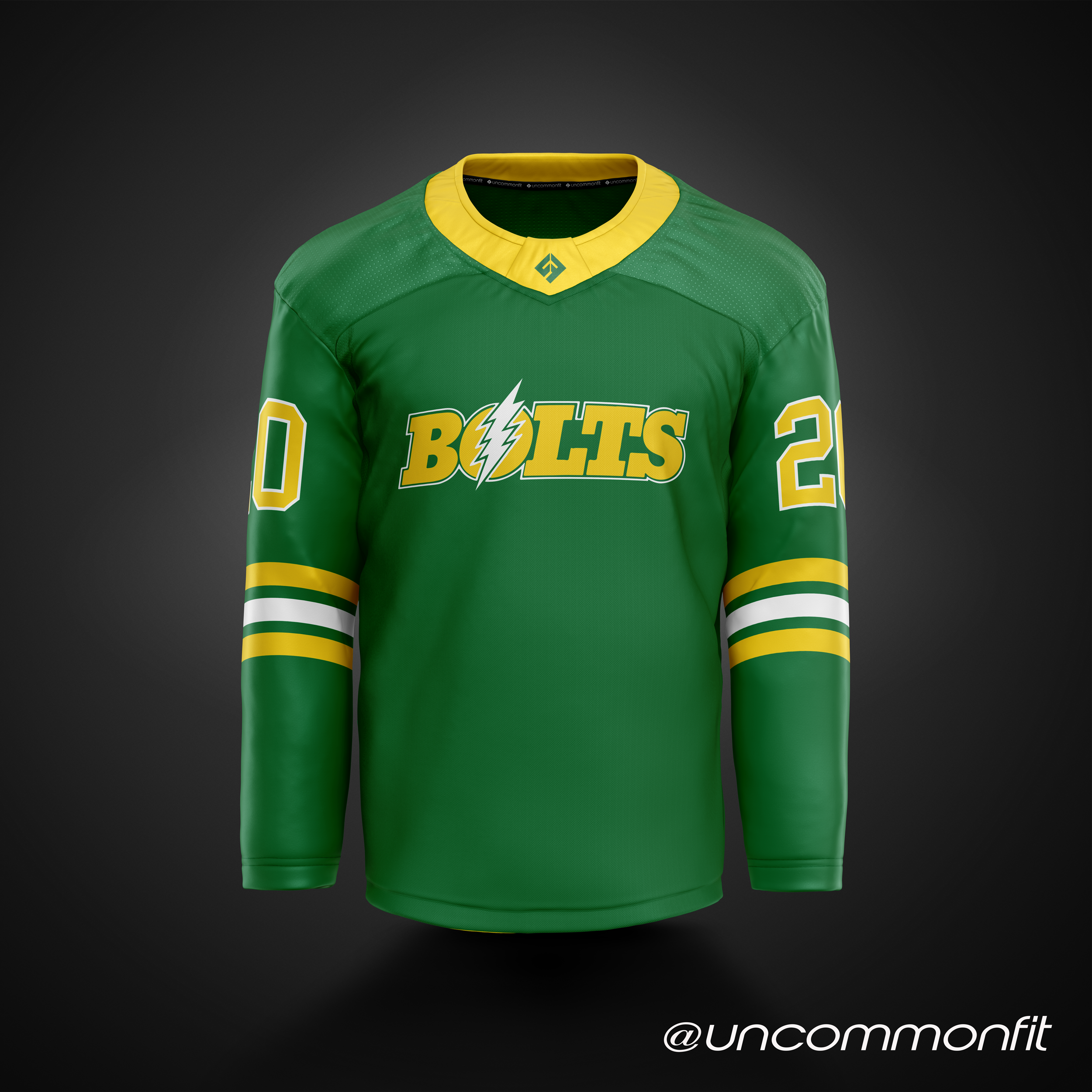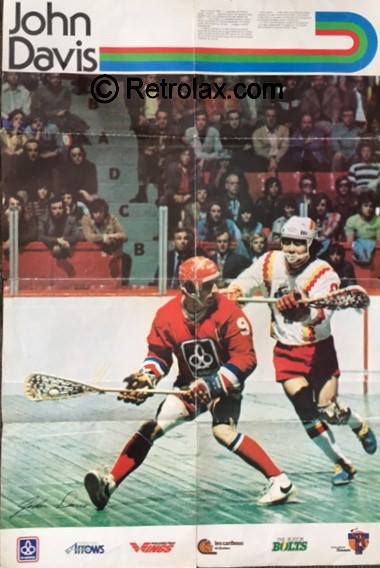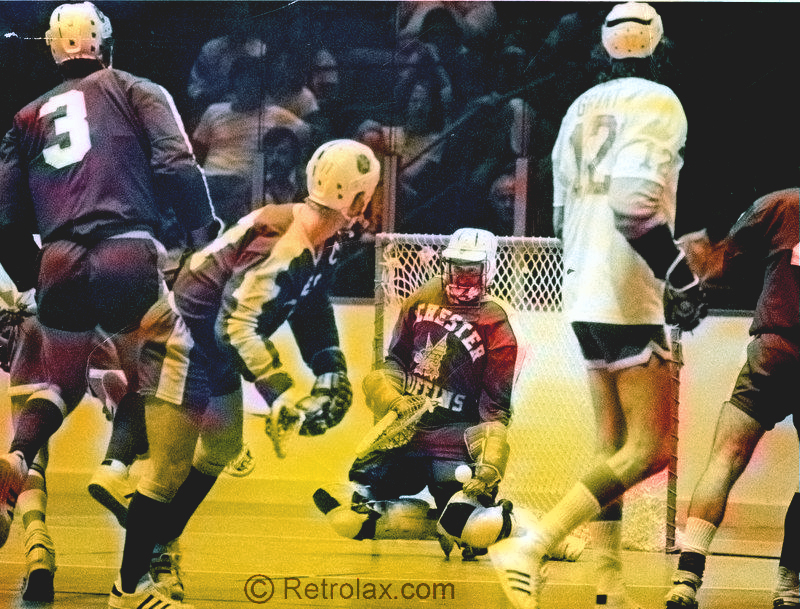Lacrosse is an Indian game whose origin can be traced to the eastern Algonquin tribes. The Algonquins carried it down to the Hurons, Iroquois and such southern members of the Iroquois stock as the Cherokee. It was taken west by various Algonquin tribes.
Lacrosse received its name from the French during the 14th century. The French work la crosse referred to any game involving a curved stick. This christening occurred a century before a Frenchman saw a North American Indian.
Although lacrosse had been played for centuries by the Indians, the earlies use of the word crosse to describe the Indian game was made in 1638 by the Jesuit missionary Jean de Brebeuf who saw the Hurons play in the southern Georgian Bay area. In 1721, another French Jesuit, Pierre de Charlevoix described a “crooked shaped stick terminated by a sort of raquette” used by the Miamis of Algonquin.
Each Indian tribe had its own name for the sport, but the tribal name most frequently used to designate the Indian game is “baggataway.” The Indians named the game, not for the solid curved stick as the French did, but for the ball, which was originally a solid knot of wood. At a later date, the solid know of wood was replaced by a deerskin ball. Some tribes stuffed the ball with deer hair but the manufacture of balls differed from tribe to tribe. The Sioux, who played on ice in the winter, sewed deerskin around a piece of baked clay. Sticks differed as well. Indians near Montreal adopted a longer stick with a large snowshoe-like net at the end.
Originally, a single “baggataway” game could last for days and include thousands of players; even in those early days, a player was not permitted to touch the ball with his hands during play. To start the game the players assembled in mid field and the ball was thrown high in the air above them by the chief. Or the teams gathered at opposite ends of the field and the ball was placed on the ground between them, usually by an attractive young maiden. At a signal, they rushed toward the ball and each other.
Lacrosse was of great importance to the Indians. Apart from its recreational value, it was a vital means of training warriors. The Cherokee called it “little brother of war.” The Iroquois used lacrosse as a religious ritual and the great Iroquois prophet Handsome Lake included the game in his list of sacred rites accepted by all Iroquois orthodoxy.
By 1790, lacrosse had undergone a change. Instead of the hordes of players and an almost unlimited field of play, the teams now consisted of 60 men and the goals, 30 feet wide, were about 500 feet apart. Still rough, the game was clean. By 1797, the Indians used a form of face-off and team substitutions. In 1825, the Indians totally revamped their game, using teams of seven men and goal distances of 40 to 50 [yards].
Unsubstantiated claims have been made that the white man actually engaged in lacrosse contests as early as 1839 and 1842, but the first documented match took place at St. Pierre race course in Montreal in 1844 under the patronage of the Governor General of Canada. The match was part of the athletic program conducted by Montreal’s Olympic Athletic Club.
Lacrosse first became popular in Montreal in 1856. By this time the whites had improved sufficiently and both teams consisted of seven members.
In 1856, the Montreal Lacrosse Club was formed by members of the disbanded Olympic Athletic Club. It was at this time that heavier and longer sticks with a wide triangle of strung gut netting were introduced. In order to continue playing with their white neighbors, the Indians adopted these innovations. Montreal thus because the cradle of modern lacrosse.










